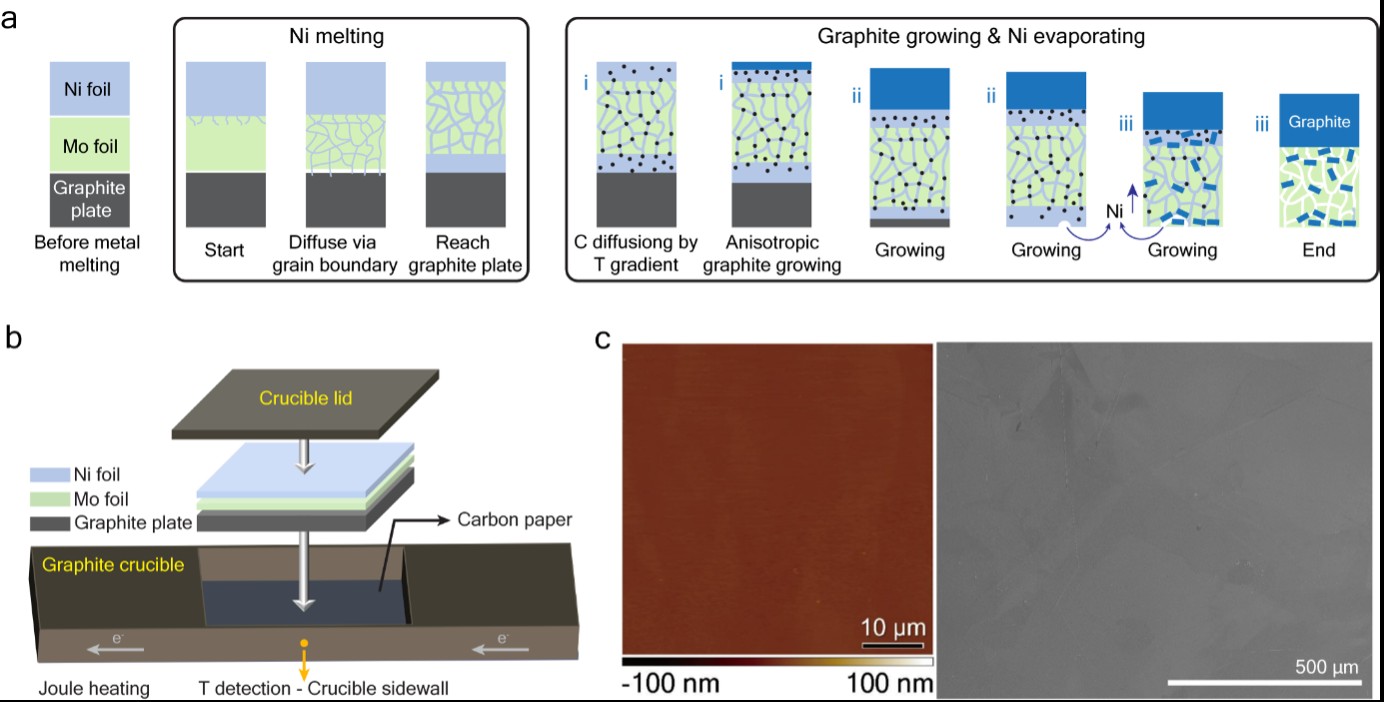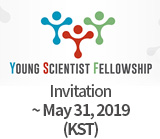주메뉴
- About IBS 연구원소개
-
Research Centers
연구단소개
- Research Outcomes
- Mathematics
- Physics
- Center for Underground Physics
- Center for Theoretical Physics of the Universe (Particle Theory and Cosmology Group)
- Center for Theoretical Physics of the Universe (Cosmology, Gravity and Astroparticle Physics Group)
- Dark Matter Axion Group
- Center for Artificial Low Dimensional Electronic Systems
- Center for Theoretical Physics of Complex Systems
- Center for Quantum Nanoscience
- Center for Exotic Nuclear Studies
- Center for Van der Waals Quantum Solids
- Center for Relativistic Laser Science
- Chemistry
- Life Sciences
- Earth Science
- Interdisciplinary
- Center for Neuroscience Imaging Research (Neuro Technology Group)
- Center for Neuroscience Imaging Research (Cognitive and Computational Neuroscience Group)
- Center for Algorithmic and Robotized Synthesis
- Center for Genome Engineering
- Center for Nanomedicine
- Center for Biomolecular and Cellular Structure
- Center for 2D Quantum Heterostructures
- Center for Quantum Conversion Research
- Institutes
- Korea Virus Research Institute
- News Center 뉴스 센터
- Career 인재초빙
- Living in Korea IBS School-UST
- IBS School 윤리경영


주메뉴
- About IBS
-
Research Centers
- Research Outcomes
- Mathematics
- Physics
- Center for Underground Physics
- Center for Theoretical Physics of the Universe (Particle Theory and Cosmology Group)
- Center for Theoretical Physics of the Universe (Cosmology, Gravity and Astroparticle Physics Group)
- Dark Matter Axion Group
- Center for Artificial Low Dimensional Electronic Systems
- Center for Theoretical Physics of Complex Systems
- Center for Quantum Nanoscience
- Center for Exotic Nuclear Studies
- Center for Van der Waals Quantum Solids
- Center for Relativistic Laser Science
- Chemistry
- Life Sciences
- Earth Science
- Interdisciplinary
- Center for Neuroscience Imaging Research (Neuro Technology Group)
- Center for Neuroscience Imaging Research (Cognitive and Computational Neuroscience Group)
- Center for Algorithmic and Robotized Synthesis
- Center for Genome Engineering
- Center for Nanomedicine
- Center for Biomolecular and Cellular Structure
- Center for 2D Quantum Heterostructures
- Center for Quantum Conversion Research
- Institutes
- Korea Virus Research Institute
- News Center
- Career
- Living in Korea
- IBS School
News Center
Mirror-Like Graphite Films Break Records in Strength and ConductivityGraphite has attracted global interest due to its unique anisotropic properties, including excellent electrical and thermal conductivity. Widely used as a battery anode material and in applications such as electromagnetic shielding, catalysis, and nuclear technology, graphite remains a critical material in both industrial and research fields. For decades, researchers have sought to produce high-quality artificial graphite with large grains and smooth, layered structures. Conventional methods typically involve high-temperature treatment of polymer films under mechanical stress. However, the resulting materials often suffer from limited grain size, lower density, and surface irregularities, with their bulk mechanical properties seldom evaluated. Another well-known synthetic form, highly oriented pyrolytic graphite (HOPG), offers improved crystallinity, but still exhibits relatively small domain sizes. Moreover, such materials tend to develop wrinkles and distortions during cooling, and their properties are typically studied at the microscale—using exfoliated flakes rather than intact graphite films. Thus, scientists struggled to grow large, flat graphite crystals without wrinkles—a barrier to unlocking graphite’s full potential in high-tech applications. Led by Director Rodney S. RUOFF at the Institute for Basic Science (IBS), researchers have developed a groundbreaking method to produce mirror-like graphite films with millimeter-sized grains—approximately 10,000 times larger than those found in conventional synthetic graphite. Central to this achievement is a clever "porous substrate" strategy: by selectively evaporating nickel from a molten Ni-Mo alloy after graphite growth, the team created a sponge-like substrate that dramatically weakens the interaction between the graphite and the metal surface. This effectively eliminates interfacial stress during cooling, preventing the formation of wrinkles or kinks in the film. “The porous substrate acts like a cushion,” explained co-corresponding author Senior Research Fellow SEONG Won Kyung, “absorbing stress instead of crumpling the graphite. This research is expected to have significant ripple effects across various industrial fields by enabling large-area and customized production of high-quality graphite films.” “To find the optimal combination for synthesizing mirror-like graphite with wrinkle-free surfaces and millimeter grain sizes, we experimented with various metal combinations” mentioned by the first author, Senior Researcher Liyuan ZHANG. These included metals with high carbon solubility, such as iron, nickel, and cobalt, and high melting point metals like palladium, molybdenum, vanadium, and tungsten. The nickel-molybdenum (Ni-Mo) metal combination was found to provide the best conditions. The process also enables ultra-fast growth, reaching a rate of 6.2 layers per second—over 20 times faster than traditional methods—making it suitable for large-area and scalable production. “In addition, by pre-patterning the metal foils used to form the alloy melt, the researchers could tailor the graphite films into complex shapes, such as dog-bone specimens for mechanical testing”, explained by one of the co-authors Yongqiang MENG. “This level of control opens the door to customized device fabrication and practical applications.” The first coauthor, Dr. Meihui WANG, notes, “The resulting graphite films set new performance benchmarks. Mechanical tests showed a Young’s modulus of 969 GPa and tensile strength of 1.29 GPa, approaching the theoretical limits of single-crystal graphite and exceeding all previously reported macroscale synthetic graphites. The films also demonstrated exceptional in-plane thermal conductivity of 2034 W/m·K—surpassing that of copper—and electrical conductivity as high as 22,500 S/cm. This research is expected to have significant ripple effects across various industrial fields by enabling large-area and customized production of high-quality graphite films.” This study redefines the limits of synthetic graphite, achieving grain sizes on the millimeter scale—vastly larger than those of highly oriented pyrolytic graphite (HOPG) and comparable to rare natural graphite crystals. Unlike natural materials, however, the films produced here offer precisely controlled shape, thickness, and purity, marking a significant leap forward in material design and performance. The potential applications are wide-ranging. Defect-free, high-purity graphite films could transform thermal management in high-power electronics, such as AI chips, serve as ultra-strong and conductive components in MEMS and sensors, and enable frictionless coatings or advanced battery anodes. Looking ahead, the team is working to scale up production toward meter-sized films. “We believe our fundamental research into high-quality graphite will serve as a basis for in-depth studies by other research groups worldwide, and we envision it as a cornerstone for applied research using graphite,” says Director Ruoff. 그림 설명
Notes for editors
- References
- Media Contact
- About the Institute for Basic Science (IBS) |
| before |
|---|
- Content Manager
- Public Relations Team : Yim Ji Yeob 042-878-8173
- Last Update 2023-11-28 14:20














